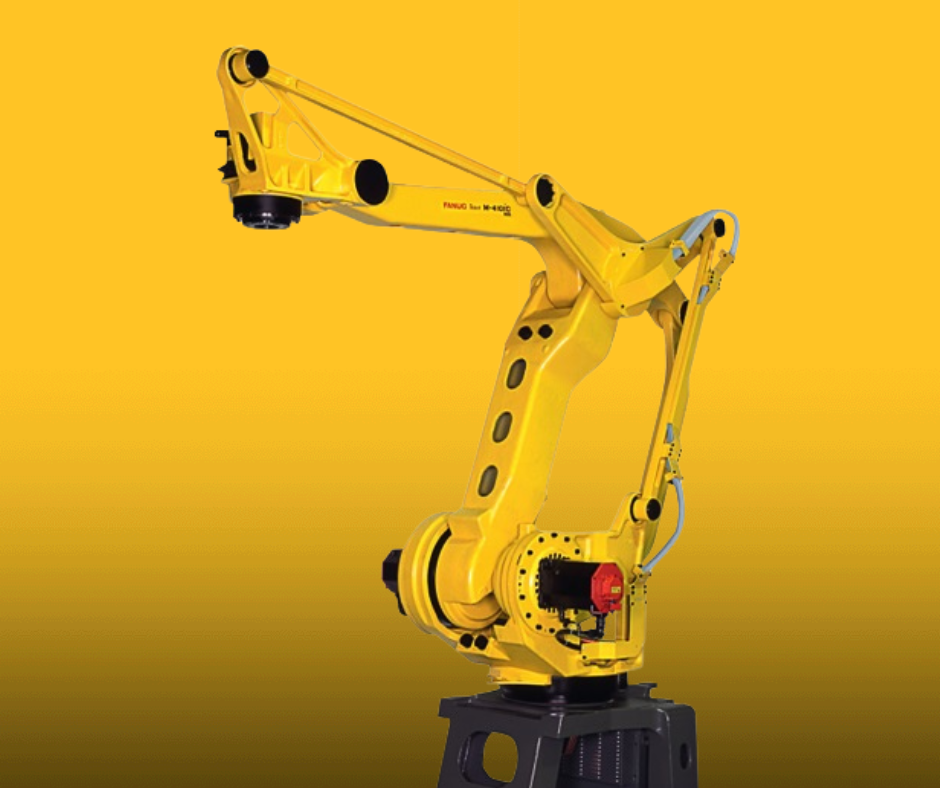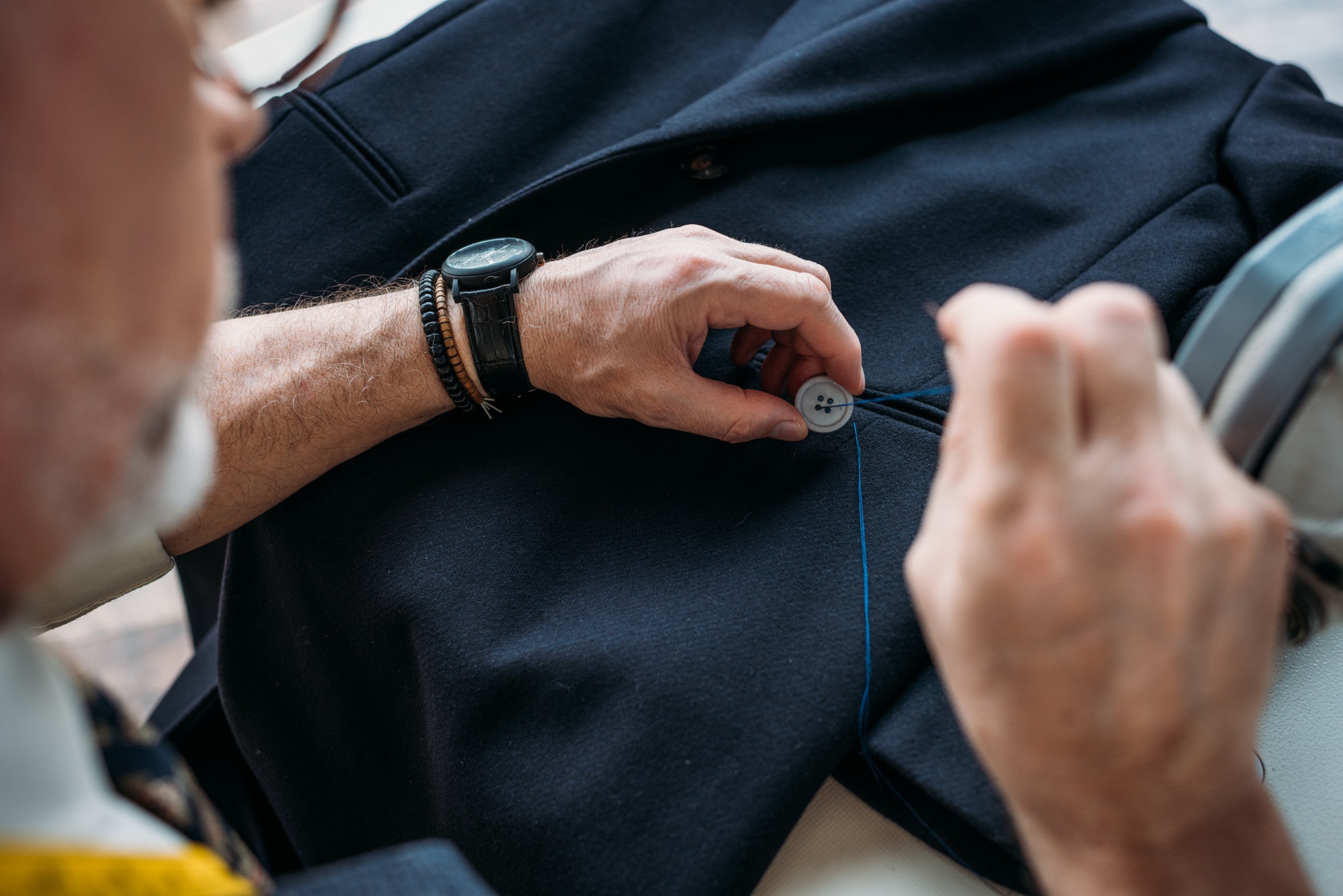Robotic arms have revolutionized manufacturing, combining precision, safety, efficiency, and other elements that were previously impossible. These marvels of the mechanical realm – sometimes called robot arms become essential to industries all over the world driven by a necessity to reduce operating expenses without sacrificing quality. Robotic arms are being incorporated into production lines to reduce costs and increase safety. Find out how these robotics have changed the industrial landscape.
Cost-effectiveness is driving the introduction of robotic arms around the world. Factories have to constantly work to cut down on production errors, reduce production waste, and cut down on work-related accidents. Robotic arms can help with these challenges. Robot arms are more accurate than human workers at performing repetitive tasks, thus reducing costs and avoiding costly errors. In industries with high volumes, such as automotive manufacturing, robot arms ensure perfect assembly through precise welding and parts positioning. This precision translates to significant savings, since less defective items mean less rework and wasted.

Image credit: automatedsolutions.com.au
Safety is a second cornerstone to the advancement of robotic arms. Many manufacturing tasks like handling dangerous materials or using heavy machinery can be dangerous for humans. Utilizing robot arms, enterprises can take workers away from dangerous areas. This reduces the risk of injuries at work. A robotic arm, constructed as a kinematic chain of flexible joints, mimics function of a human arm but without the danger of physical injury. Equipped with programmable end effectors basically robotic hands, These machines are able to perform tasks such as grasping, spinning or welding under conditions that are hazardous for humans.
The flexibility of robotic arms makes them a game-changer across many industries. Robot arms can adapt to numerous tasks, from assembly for automobiles to electronic production. They can handle complex operations with unparalleled precision, such as painting and tending with a machine. Robotic arms in warehouses have revolutionized palletizing, by automating the loading of products onto pallets. Automation not only improves efficiency but also increases reliability since robot arms can perform their work without fatigue.
One of the most exciting advancements in this field is the rise of collaborative robots, also known as cobots. These robots work alongside human employees. Cobots that are fitted with a robotic arm, can work seamlessly with humans in contrast to industrial robots which are generally restricted to cells. In a workplace cobots’ robotic arms may be capable of handling large lifting tasks or tasks that are repetitive, allowing human workers to focus on more complex responsibilities. The cobots slow down or alter their movements in the event that they spot a worker nearby.
The effects of robotic arms go beyond safety and efficiency to the very core of manufacturing today. They are crucial to industries that require high accuracy in tasks like welding, assembly or material handling. In automotive production such as assembly the robot arm is able to rotate and place components in assembly to ensure that they are aligned perfectly without the need for human intervention. Similarly, in electronics, robot arms handle delicate components with care, reducing damage and improving output quality.
As industries continue their evolution the role of robotic arms will expand. Because they are able to cut costs, increase safety, and be able to adapt to different tasks robotic arms will be the foundations of future manufacturing. Robot arms that blend cutting-edge technology and human creativity, are not only tools as much as they are partners in progress. They drive innovations and revolutionize the way the world is constructed.





